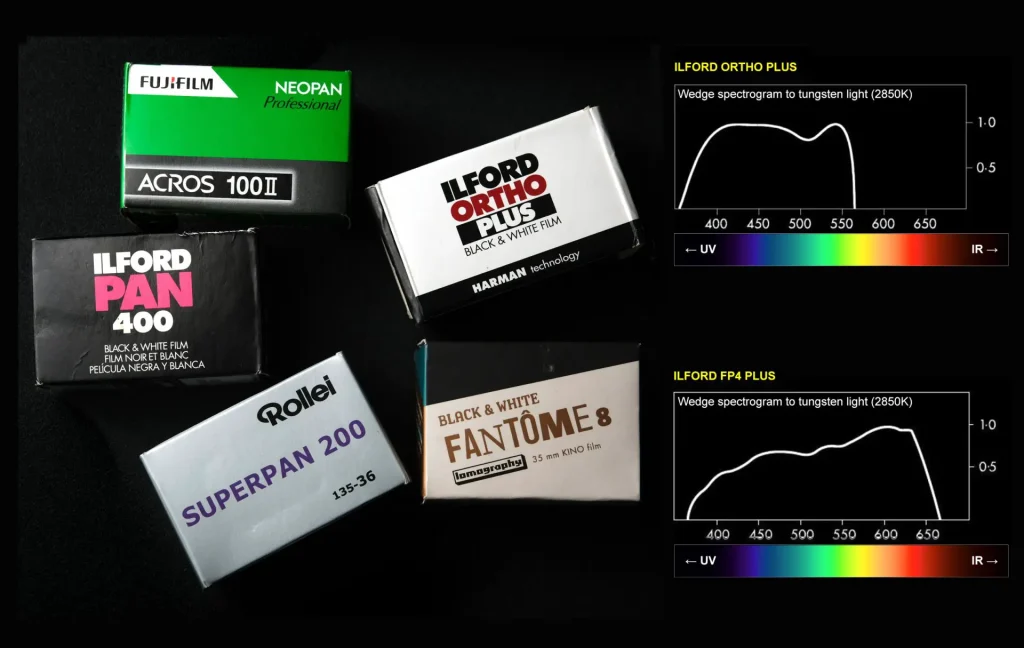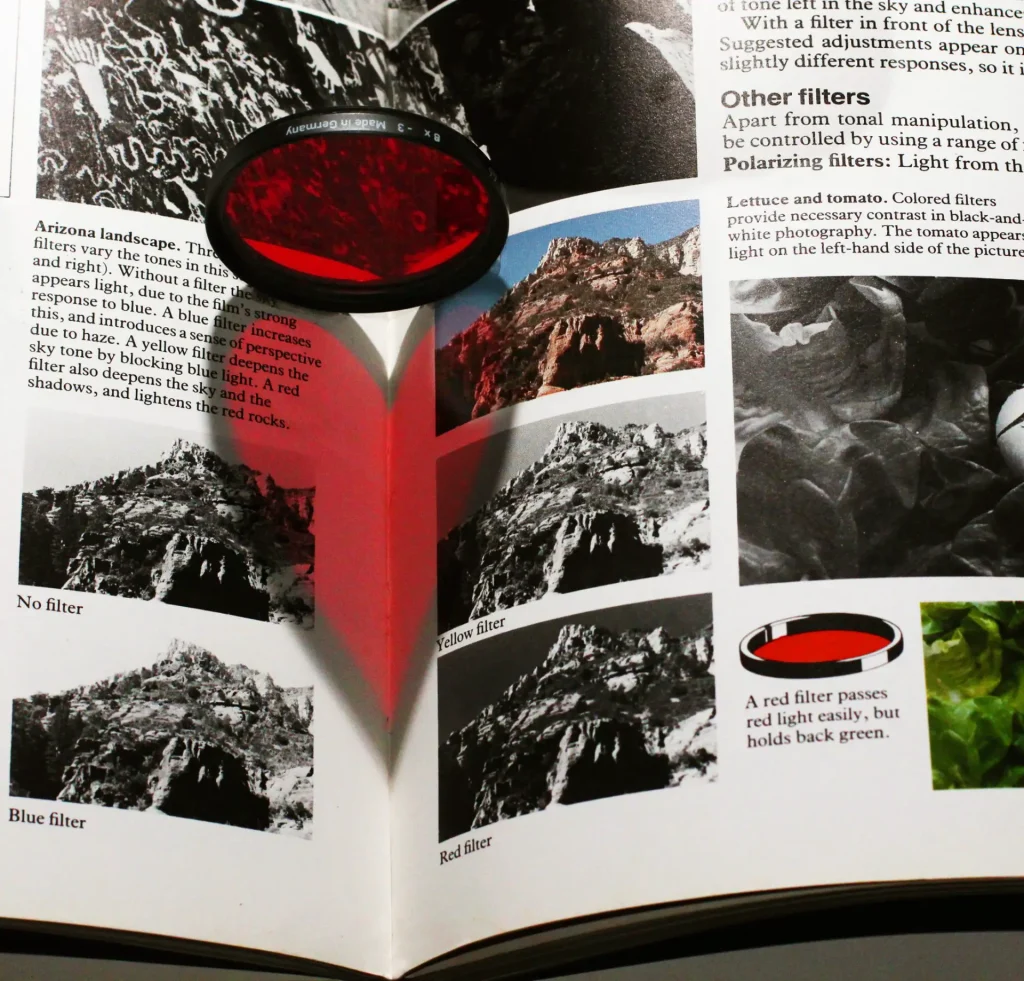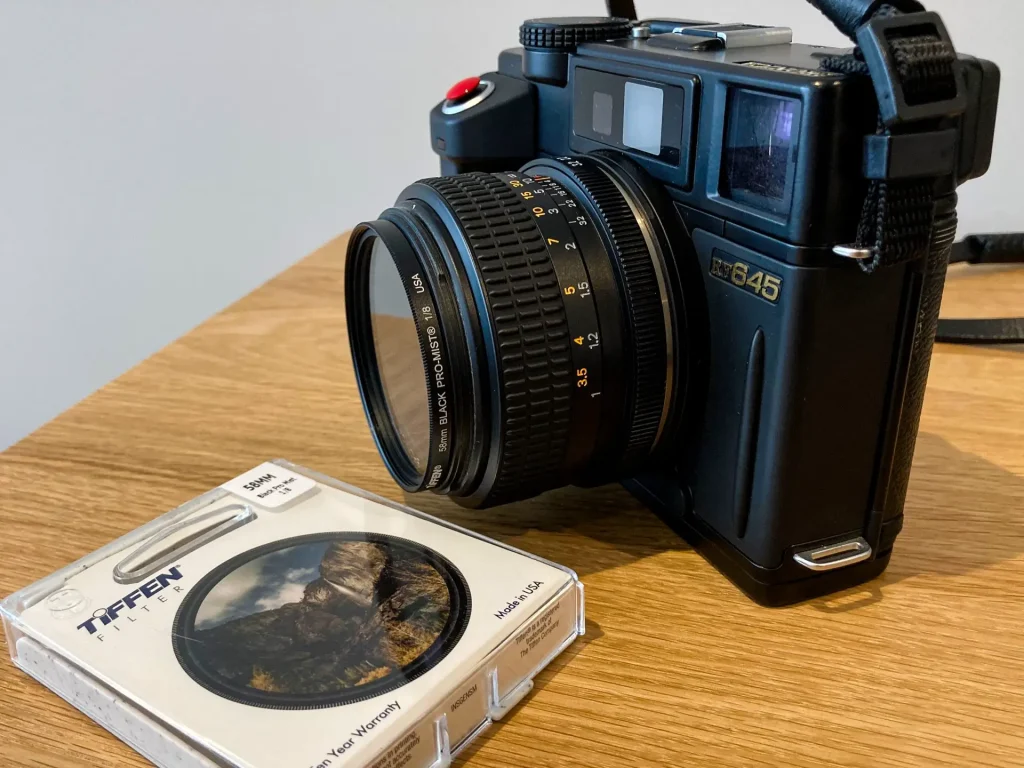
2 May, 2023
Spectral Sensitivity of B&W Film – A Deep Dive into Orthochromatic, Panchromatic and All the Rest
Even if you're new to film photography, you've probably heard about the various types of B&W emulsions which are out there: orthochromatic, panchromatic, infrared and so on. If ...

